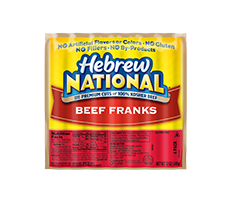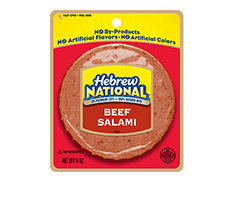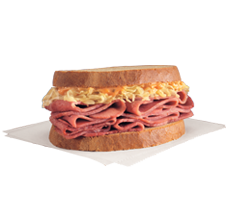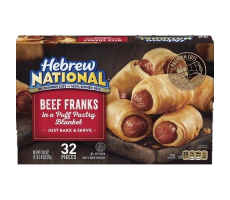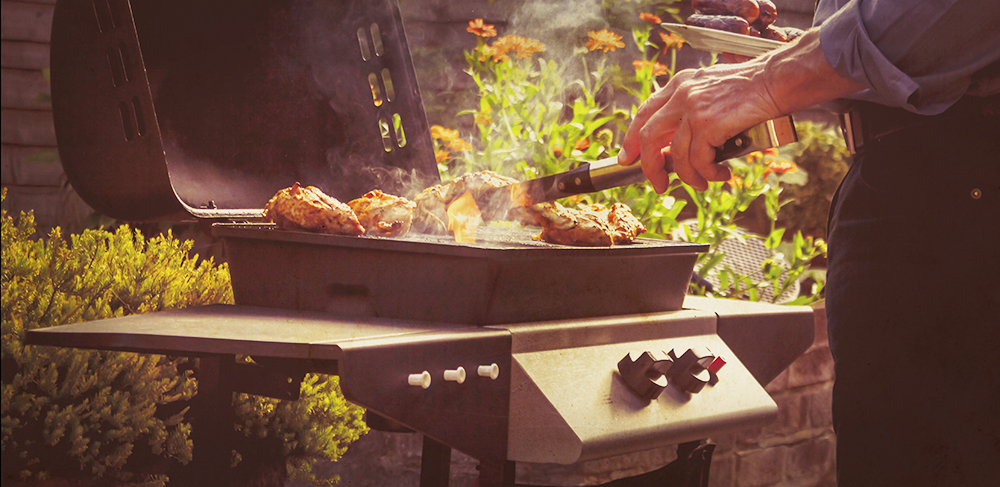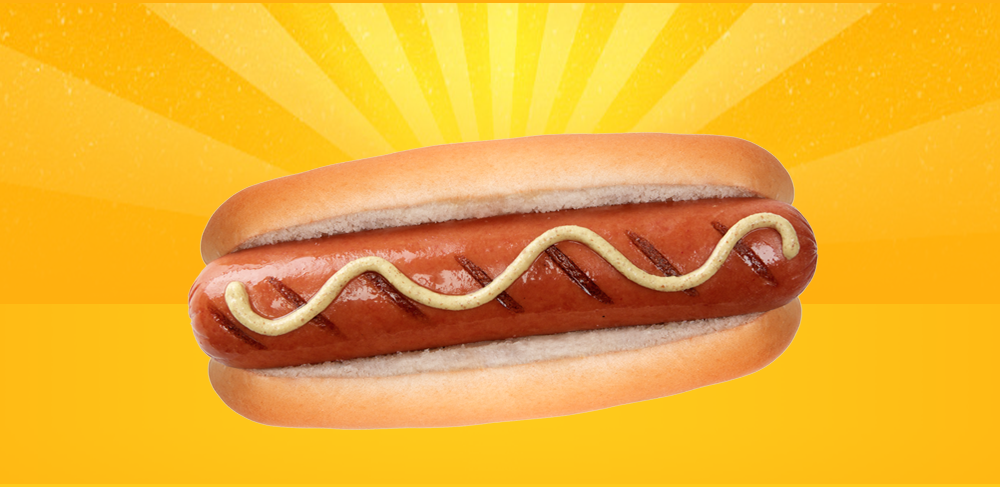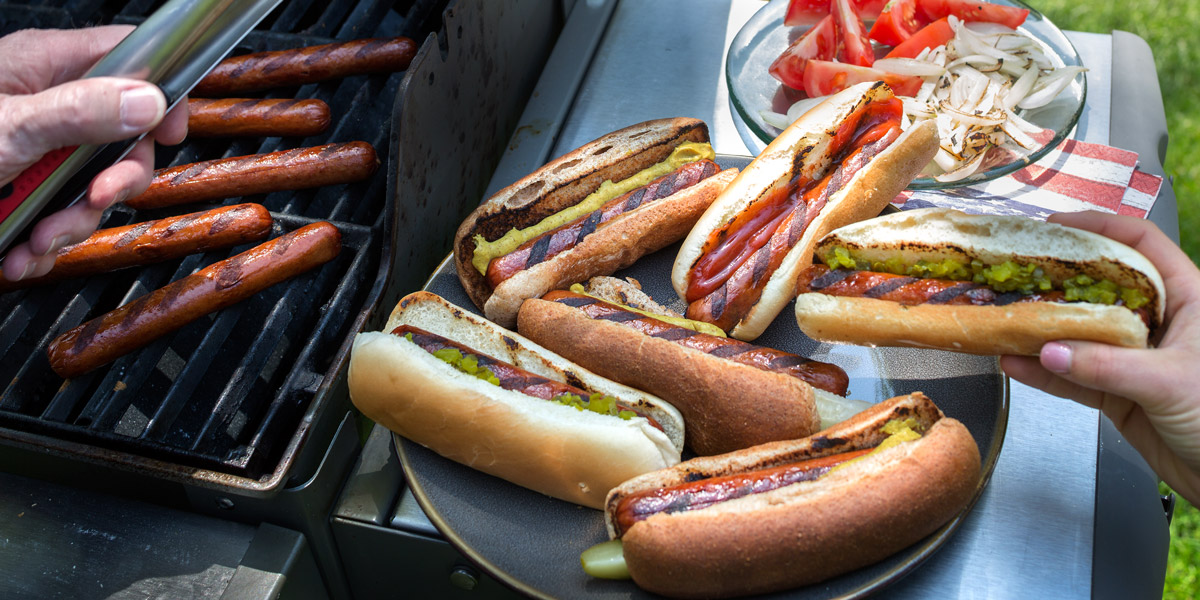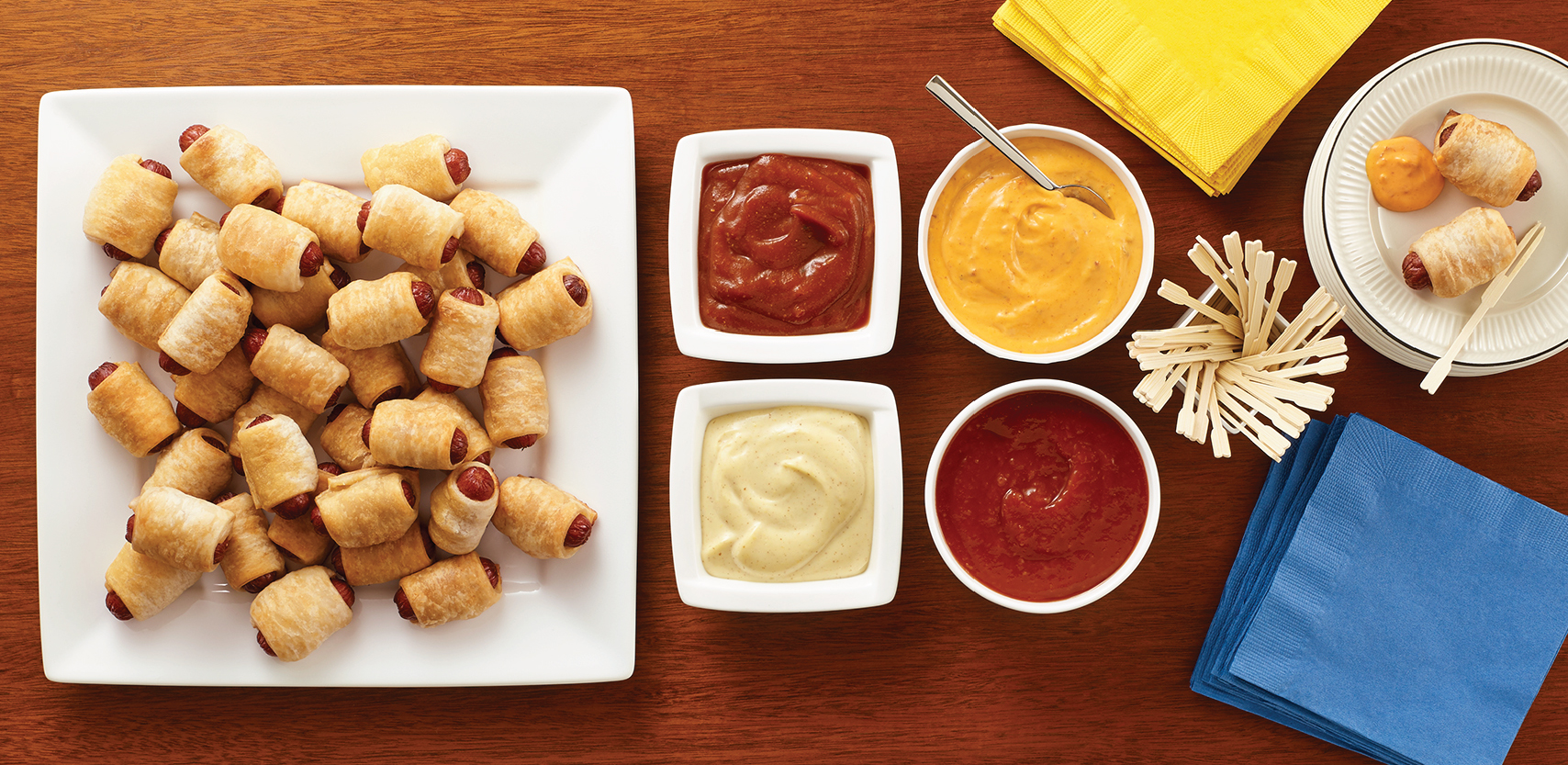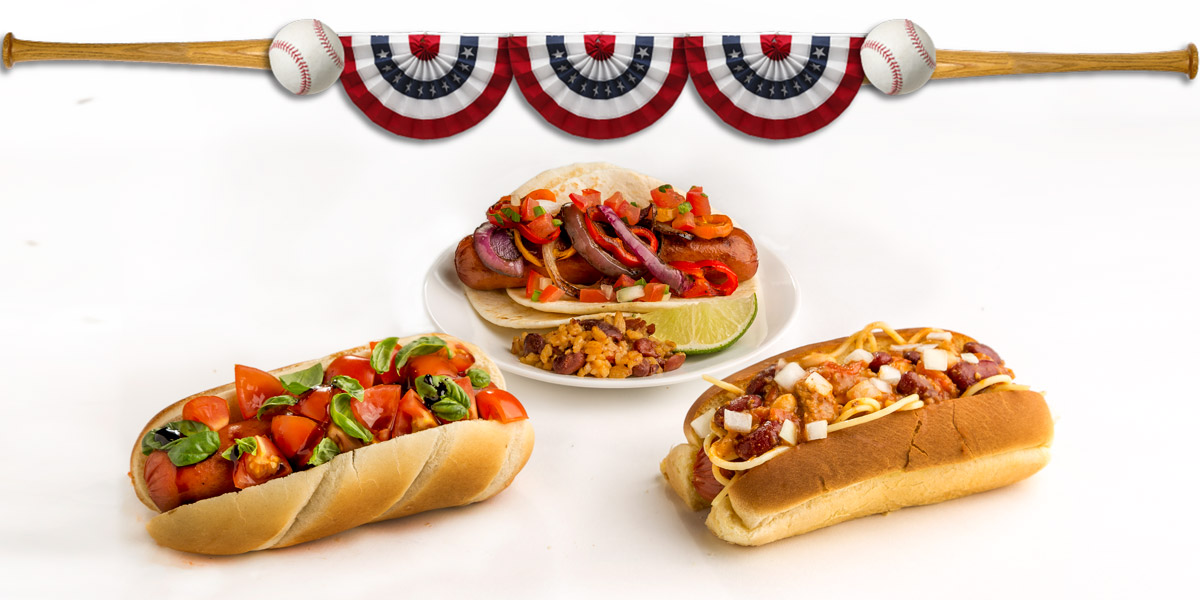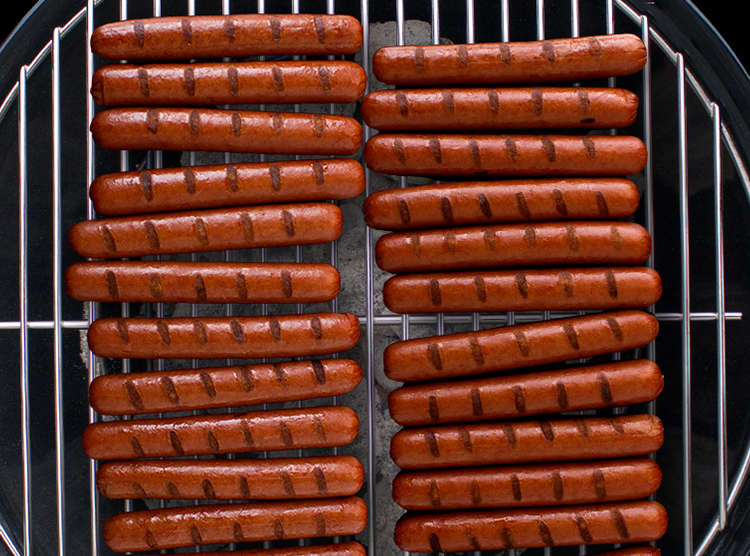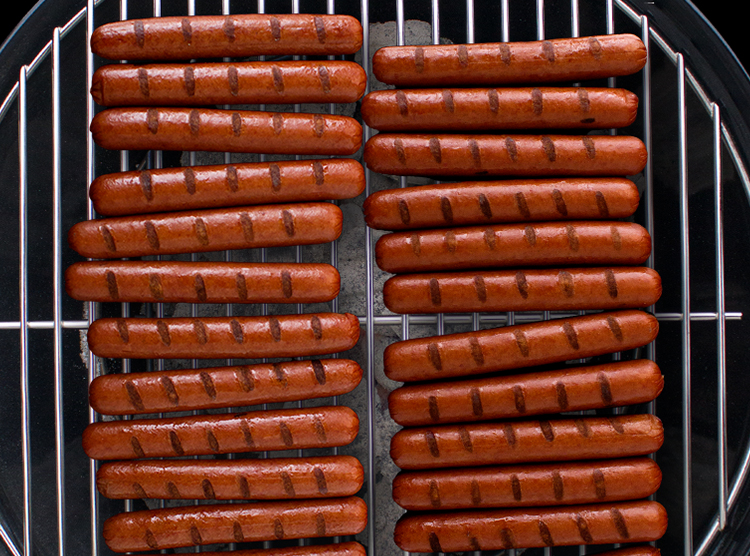If you think barbecue and grilling are the same, there’s a good reason. Nowadays the word barbecue is synonymous with outdoor grilling but for a long time they were considered very different. The history of grilling and barbecue and how they’re connected can be at times confusing but the one thing that historians agree on is that barbecue derived from the Native American word “barbacoa,” which was the word for a raised wooden rack that was used, among other things, to cook meat and other food over a low fire for an extended period of time.
BBQ vs. grilling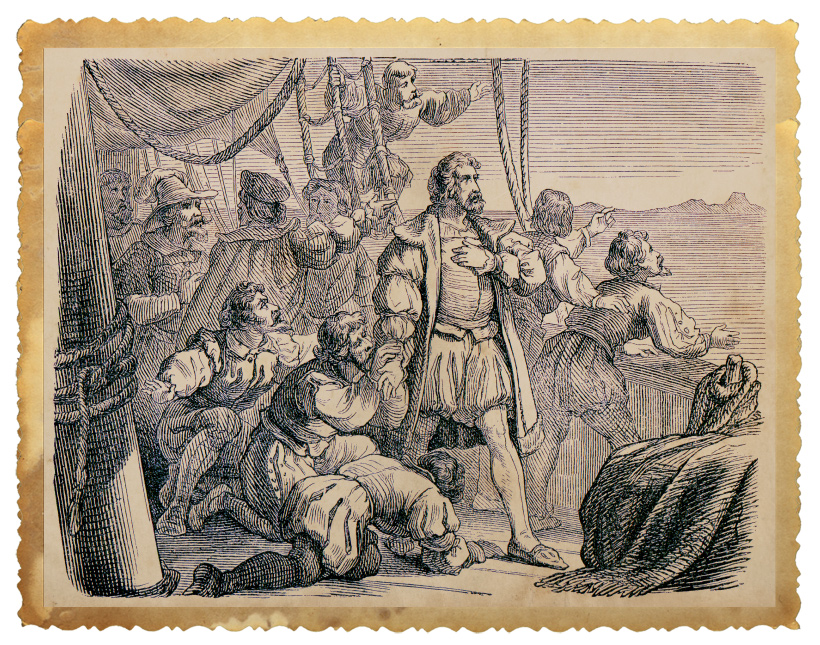
The history of grilling and barbecue and how they’re connected can be at times confusing but the one thing that historians agree on is that barbecue derived from the Native American word “barbacoa,” which was the word for a raised wooden rack that was used, among other things, to cook meat and other food over a low fire for an extended period of time.
Soon after Columbus arrived in the Americas, ideas, foods, plants and animals began being transported back and forth between the Old World and the New; barbacoa was part of this exchange. Although Europeans were aware of and used to low-fire cooking (roasting meat had been around since prehistoric times) they did not have a particular name for it. It took an encounter with people on the other side of the ocean for them to decide they needed a new word that encapsulated the process of slowly cooking meat for a long period of time. As thousands of explorers and settlers began using the word in this new way, the original meaning of barbacoa changed to become permanently connected to cooking.
Fun Fact: According to the Oxford English Dictionary, the English derivative of barbacoa, barbecue, was first used in a book published in 1661 called Jamaica Viewed.
Barbecuing in the American Colonies and beyond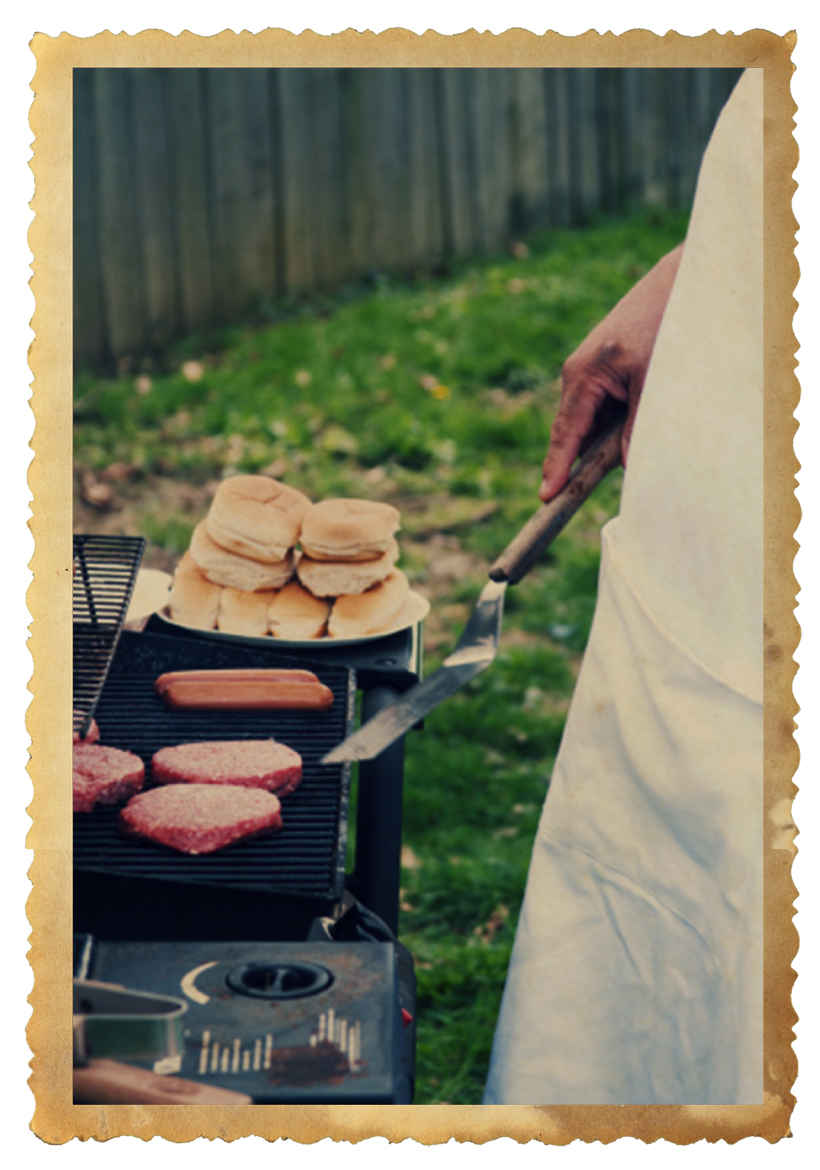
The first two permanent English settlements in North America were Virginia (established 1607) and Massachusetts (established 1620). The establishment of other colonies around the original two defined the Southern and New England regions. While barbecue was popular in both areas, over time it disappeared from New England and made its home permanently in Virginia.
At the turn of the 20th Century, barbecue was predominantly a Southern tradition and people from other parts of the country often didn’t really understand what it was. Most found it difficult to learn to barbecue and did not want to spend hours just to cook a piece of meat. Nonetheless, interest in barbecue slowly spread north.
On its way to becoming mainstream, however, barbecue became less defined. In the 19th Century, when “barbecue” was mentioned it referred to a gathering of a large group of people where slow-cooked meats were served. But by the middle of the 20th Century, however, the definition became a bit fuzzy and “barbecue” began to be seen less as a slowly-cooked meat fiesta and more as a type of cooking — particularly that of meat being grilled on a grill. The popularity of the new definition, and barbecue becoming synonymous with grilling, became apparent in a 1965 cookbook called Better Homes and Gardens Barbecue Cookbook, where the authors included recipes like Flapjack Meatloaf, Pizza Burgers and Grilled Shrimp with Eggs — all having nothing to do with being slowly cooked but yet considered barbecue. By this time, the increase in popularity of barbecue really signaled the rise of outdoor grilling.
Trends that popularized grilling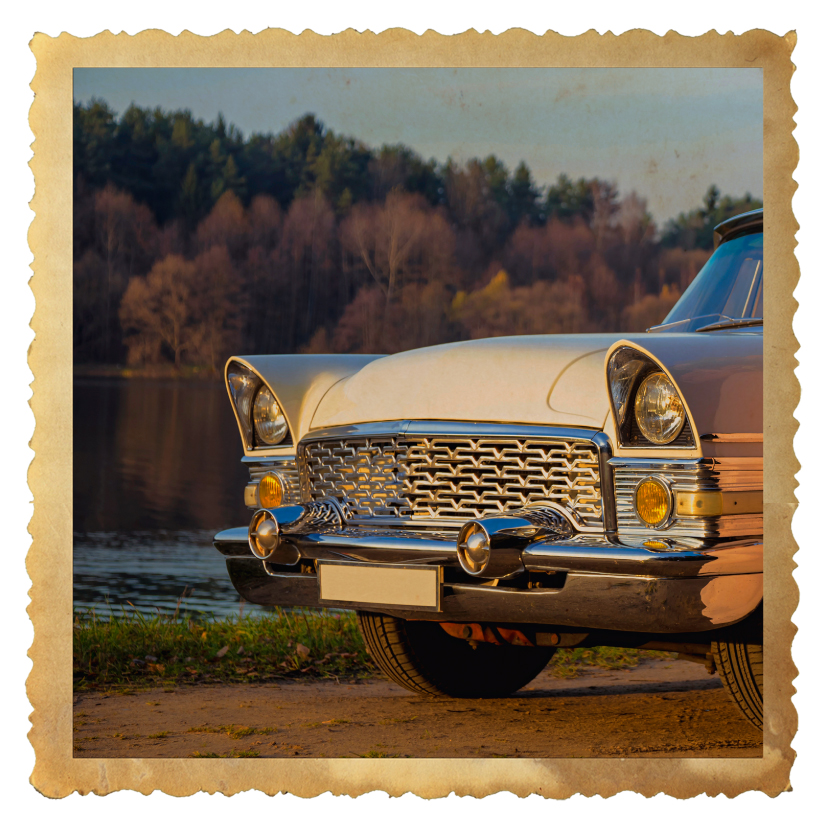
Three specific trends in the early 20th Century helped popularize outdoor grilling for Americans.
Trend No. 1: The great outdoors
The first trend was the popularity of the outdoors. As more people moved into the hustle and bustle of urban areas and began working for factories there arose a longing for the outdoors. This can be seen in the increased popularity of outside sports like baseball and football, as well as outdoor activities like bicycling and camping and other recreational activities. Indeed, following this trend, the Boy Scouts of America was founded in 1910 to “foster development of young men through outdoor activities.”
Trend No. 2: The automobile
The second trend that gave rise to the popularity of grilling was the invention of the automobile. Proud owners drove their families on trips to explore the great outdoors.
Trend No. 3: Cross-country travelers
The first cars were expensive and few could afford them. Even so, there arose a “class of adventurers who attempted cross-country travel long before the development of the interstate system.” Because hotels, restaurants and other services weren’t yet abundant for travelers, camping and cooking outdoors became the only solutions for those wanting to travel across the country.
The post-war explosion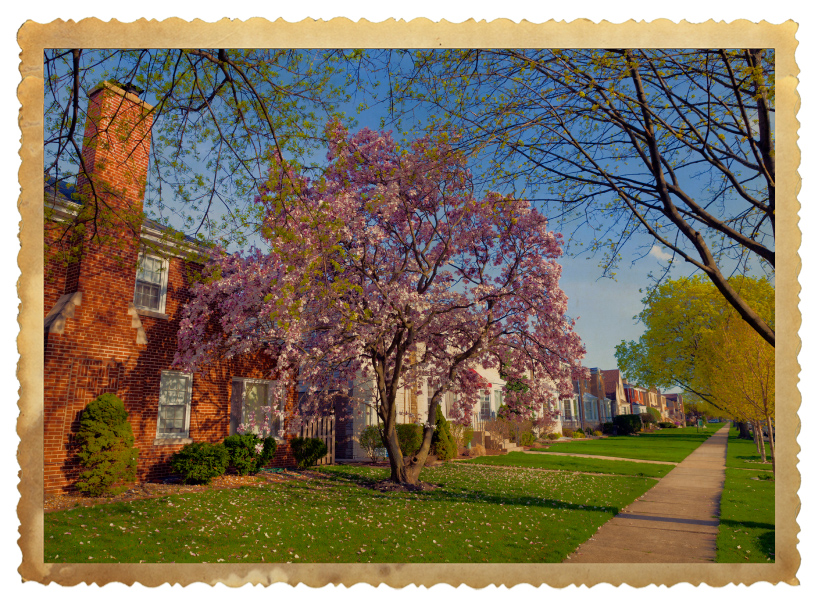
In the 1950s, a famous food writer, Clementine Paddleforth, took a trip out west to research and report on trends of westerners. When she returned she wrote a memo to her colleagues about what she found, including small kitchen appliances, television sets and “barbecues.” She reported that the barbecues were used for grilling meats and were such a rave that lots of homes had two: one for the backyard and a second one built inside homes for use during the colder months. Grilling on a barbecue had spread cross country.
The postwar years in America were a time of prosperity when millions of Americans were able to move from the working class to the middle class. Unlike the Great Depression when few could afford to purchase new homes, or during WWII when obtaining materials to build a house was difficult to come by due to the rationing of resources, directly after the war there was a boom in the housing market — especially in the outskirts of cities, i.e. the suburbs. With demand for houses in the suburbs also came the demand for lawns and backyards so kids and adults could enjoy the outdoors. And what better place to grill meat than in your own backyard?
The birth of the Patio Daddy-O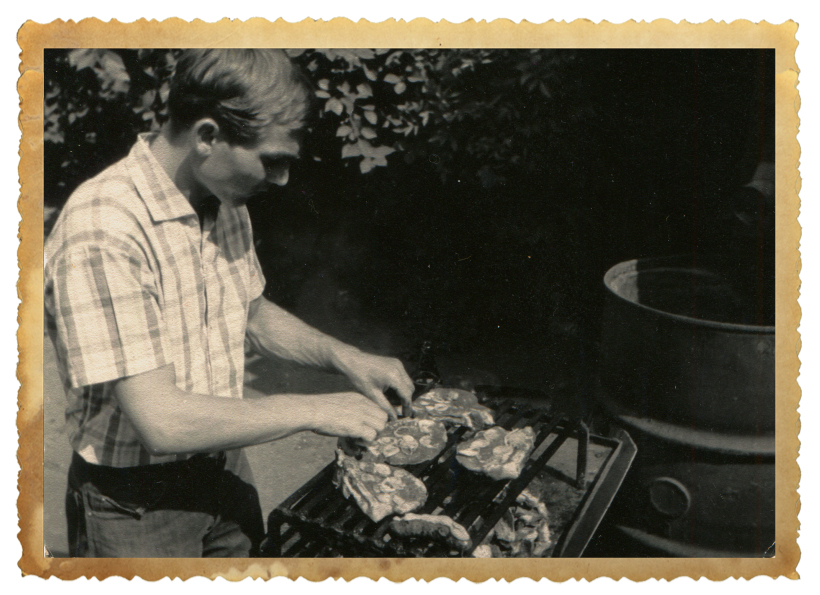
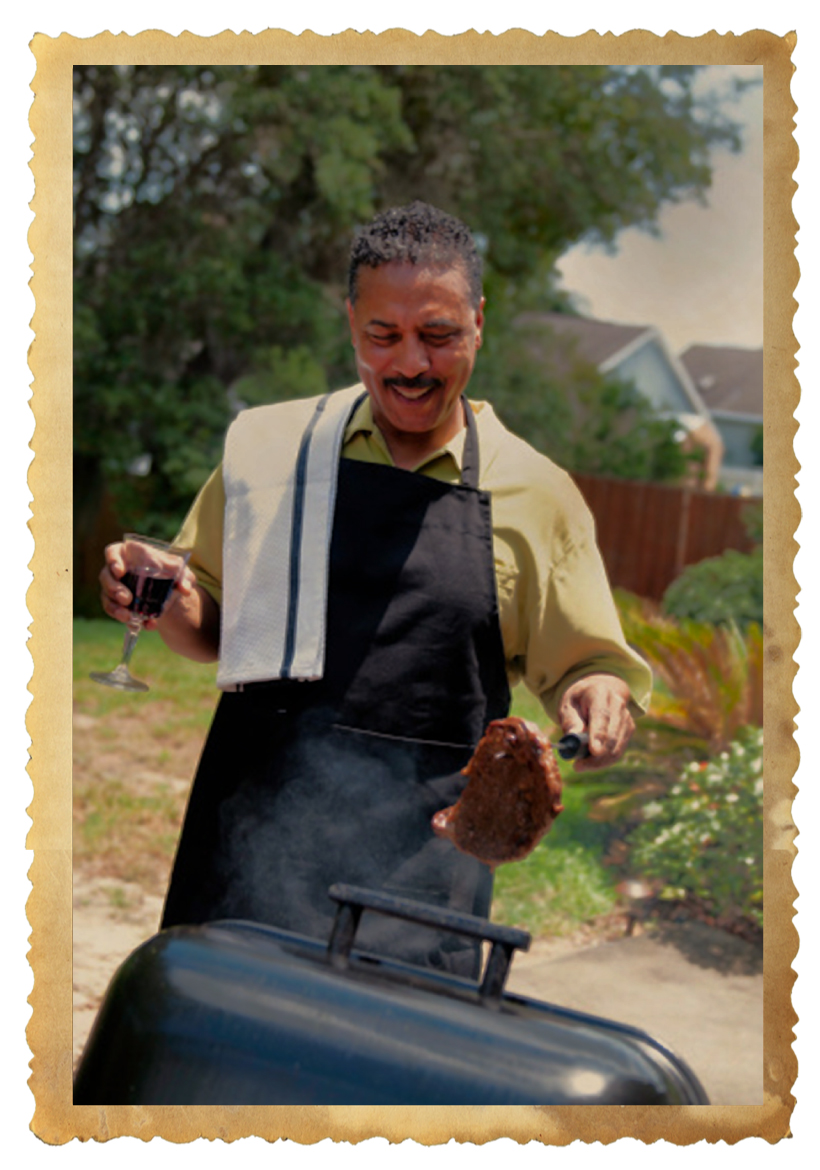
During the 1950s, cooking was defined as a woman’s job except when it came to lighting the barbecue and grilling meat outside. Images of men grilling food on patios appeared in magazines, movies and on TV shows. It was the manly thing to do! And the new "in" thing to do was to invite people to a barbecue.
Growth of the grilling industry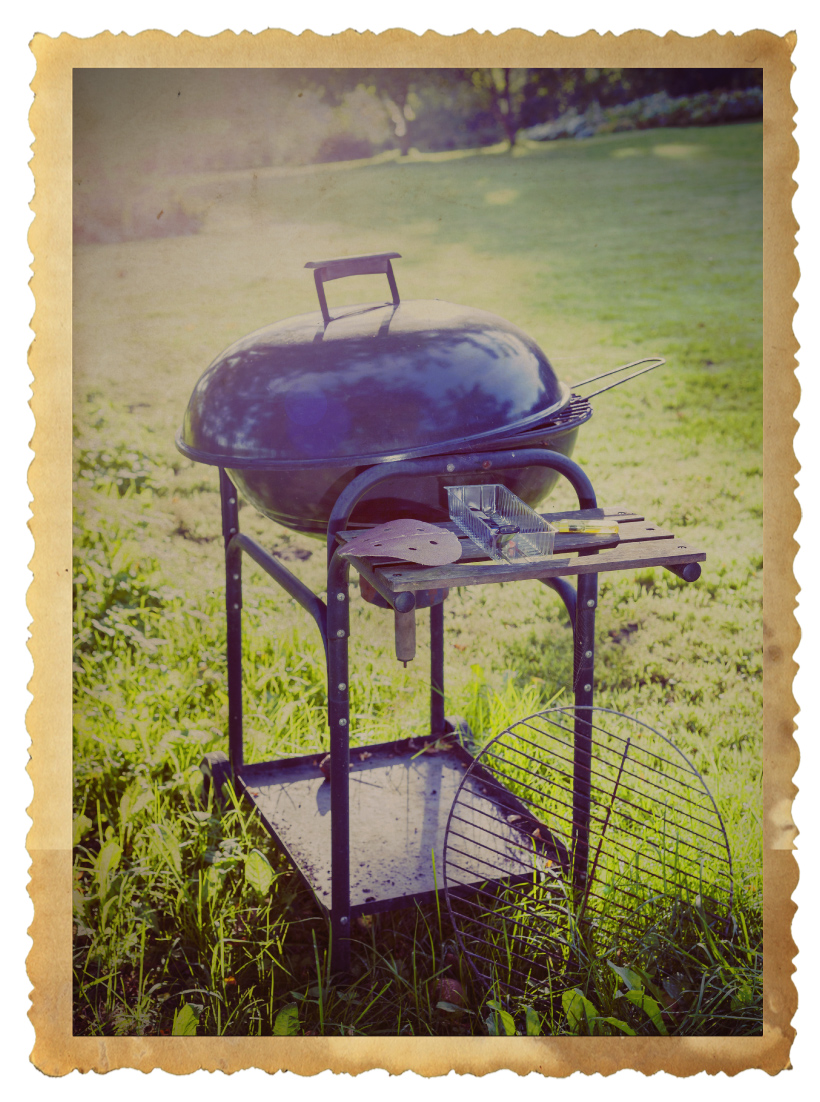
Although outdoor grilling was becoming an integral part of the American life in the 1950s, there were other forces that promoted and pushed for the continued growth of the grilling craze.
Industry No. 1: Charcoal
One of the forces that made grilling more than just a fad was the charcoal industry. During the early days of barbecuing in the South, and up to the times when it became a national passion, the preferred fuel to cook with was wood. But soon after the grilling craze took off, charcoal briquettes became the new fuel of choice. It was Henry Ford who actually popularized charcoal briquettes when he went into the charcoal business in the 1920s. This was a way to maximize profits from his automobile business by using scraps of wood from wood crates that car parts were packed in, as well as scraps from the frames of cars. Ford eventually sold the charcoal operations part of his business to a relative. That business became what is one of today’s top charcoal companies: Kingsford.
Industry No. 2: Grills
Although the grilling craze began before WWII, there really weren’t a lot of companies that were selling pre-made, ready-to-cook-on grills. Instead, what people were mostly doing was constructing their own thanks to the help of cookbooks and magazines which published plans and instructions for them. After WWII, pre-made grills became more readily available to the masses.
It was the Weber grill, however, that essentially revolutionized modern grilling because it was so different from other grills. It had a lid that enclosed the cooking area and efficiently contained all the heat produced to cook the food. Before the Weber, grills were uncovered and left food exposed to the wind and rain. With a closed lid, cooks could just place the meat in the grill and let it cook.
Industry No. 3: Food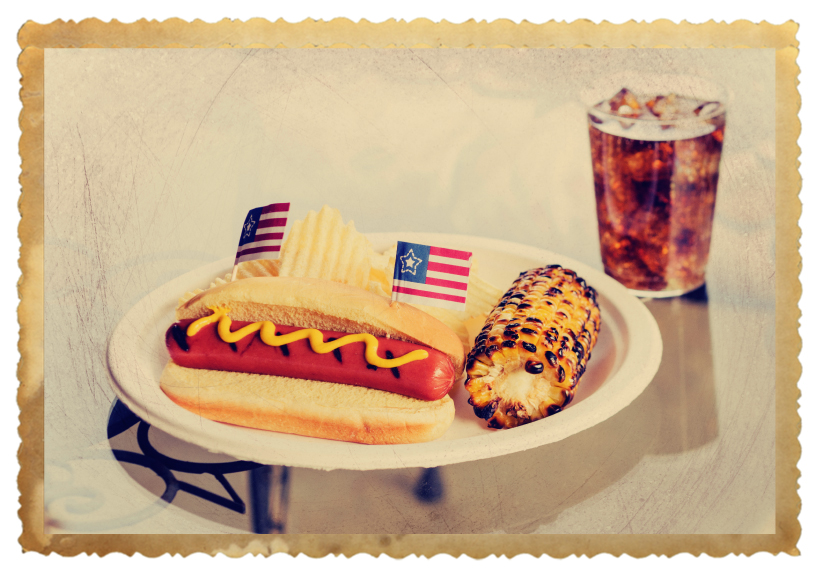
The grilling craze definitely boosted sales in the food industry. And although not all food products’ sales increased, there were some foods that benefitted greatly. Suddenly food companies had an active interest in promoting the popularity of grilling. They did this in two main ways: making grilling-themed advertising a staple of summer and spring campaigns, as well as creating and publicizing recipes for dishes that were cooked in barbecues.
The food that benefitted most from the grilling craze was and is the hot dog. Hot dogs in fact were so popular during the 1950s that a 1957 press release from Grocers Manufacturers of America announced that “Frankfurters alone, a barbecue item if there ever was one, presented a staggering statistic. Expectations are that a billion pounds … will be consumed in this country this year, meaning that each man, woman and child will average six pounds of them.” Now that’s a lot of hot dogs!
Final thoughts
Today more and more people use gas or electric grills that allow them to adjust the heat for quick grilling or slow barbecuing. And there remains a high demand for simple charcoal grills — there's just something about cooking the old-fashioned way.
Here's to Dad and his love for grilling!

